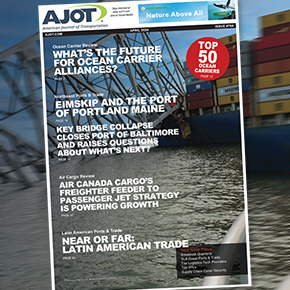The Protective Guarding Manufacturers Association (ProGMA), a product group within trade association Material Handling Industry (MHI), is promoting the third in a series of educational videos about preventing accidents and injuries at loading docks. The videos can be seen at mhi.org/progma/videos.
Following ‘Essential Safety Barriers for Automated / Robotic Workcells’ and ‘Proper Safeguarding for Elevated Work Platforms’, the latest video titled, ‘Prevent Accidents and Injuries Near Loading Docks / Doors’, focuses on the busiest and most dangerous area of a facility. The 2:05min-long video provides a visual interpretation of a busy, working loading dock, highlighting the inherent hazards involved with the fast-moving environment.
Ray Niemeyer, chairman of ProGMA and director of business development at SpaceGuard Products, said: “The loading dock is the most active area of any facility; if a company isn’t shipping and receiving product, it isn’t making money. It is here where personnel either on foot or riding powered operated equipment can find themselves in dangerous situations, unless proper protective guarding and safety equipment are installed. Buildings and product can also be damaged.”
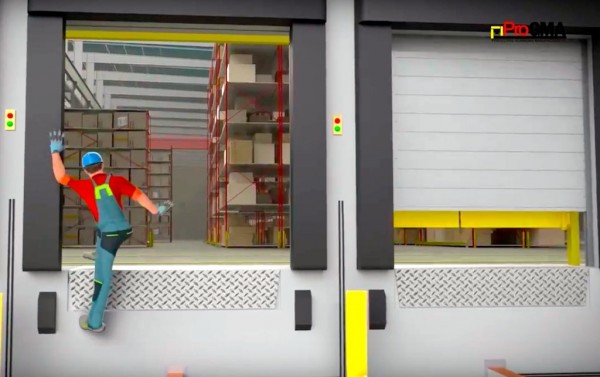
ProGMA hopes floor managers, health and safety managers, upper management, and shift workers will gain knowledge through the visual content. In just over two minutes, the video successfully walks target audiences through the entire loading dock environment, from outside spaces where larger trucks maneuver in tight areas, to the bustling aisles and traffic ways of a typical high-traveled loading dock—and everything in between.
Niemeyer said: “The causes, severity, and types of potential accident are varied. Worker safety and protective guarding equipment should not be seen as a cost but an investment that not only ensures people go home to their families at night but also reduces cost in the yearly maintenance budget, particularly when it is designed into a facility from the outset. Be mindful that management and co-workers are left to deal with the immediate and long-term impact of a lost time accident, whilst hoping that the injured employee can return to health and their position of employment.”
There are many different types of loading dock across the U.S., depending on the kind of business activity and a building’s operational function. There may be 200 loading docks at a single site, for example. Warehousing and distribution sites will have a higher percentage of loading docks on multiple sides of a building, while a manufacturing facility might have fewer docks with a greater spread across a site to facilitate in and outbound shipments.
Niemeyer concluded: “The videos are being well received by industry employees, managers, health and safety personnel, and insurance companies. They provide a real life overview of the various areas of a company’s operation, inside and out, where guarding and protective barriers should be considered for protecting employees and the building from costly accidents and facility damage.”
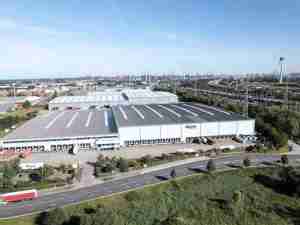
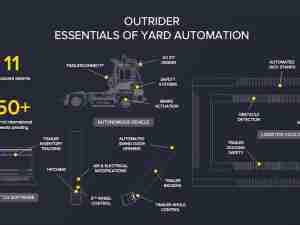


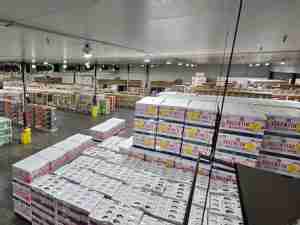


_-_28de80_-_d88095865f9f1cbb4ecdd37edf61c63efd603428_lqip.png)

